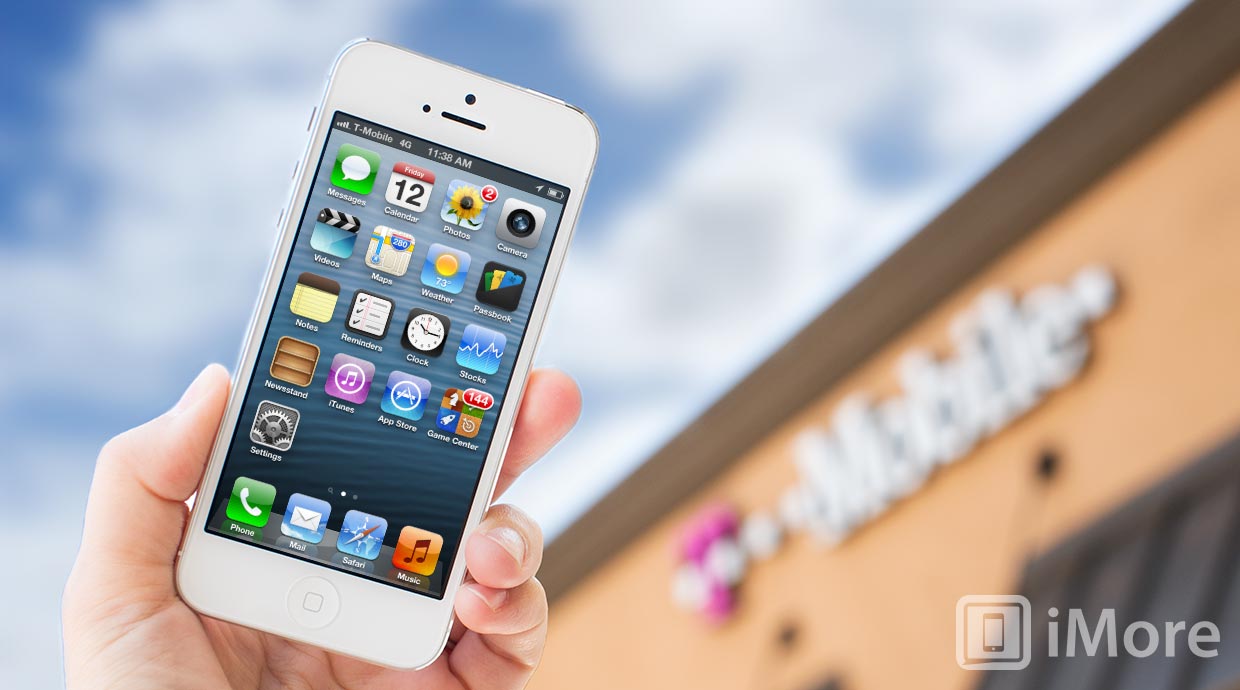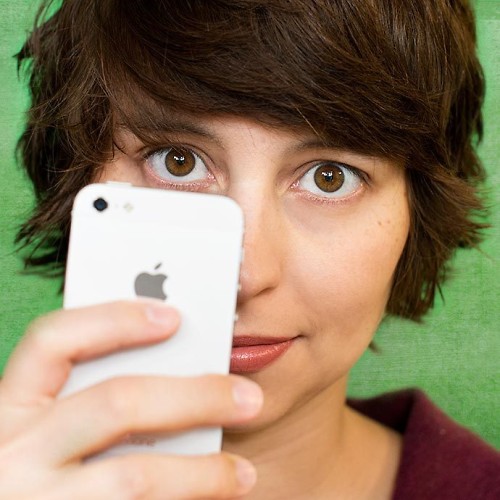Hands-on with the iPhone 5 on T-Mobile, including call quality and DC-HSPA and LTE data
More than 6 years after the original iPhone was introduced, and almost 6 months after the iPhone 5 was launched, T-Mobile US finally has an Apple phone on their shelves. Along with bright Magenta Apple t-shirts, and some unusual new data plans, T-Mobile is banking on the iPhone 5 being as popular on their network as it's been on every other US network to date. We already have a full review of the iPhone 5 and a detailed walkthrough of iOS 6, so here I'm going to cover everything that makes the T-Mobile iPhone 5 different and, hopefully, special.
T-Mobile iPhone call quality
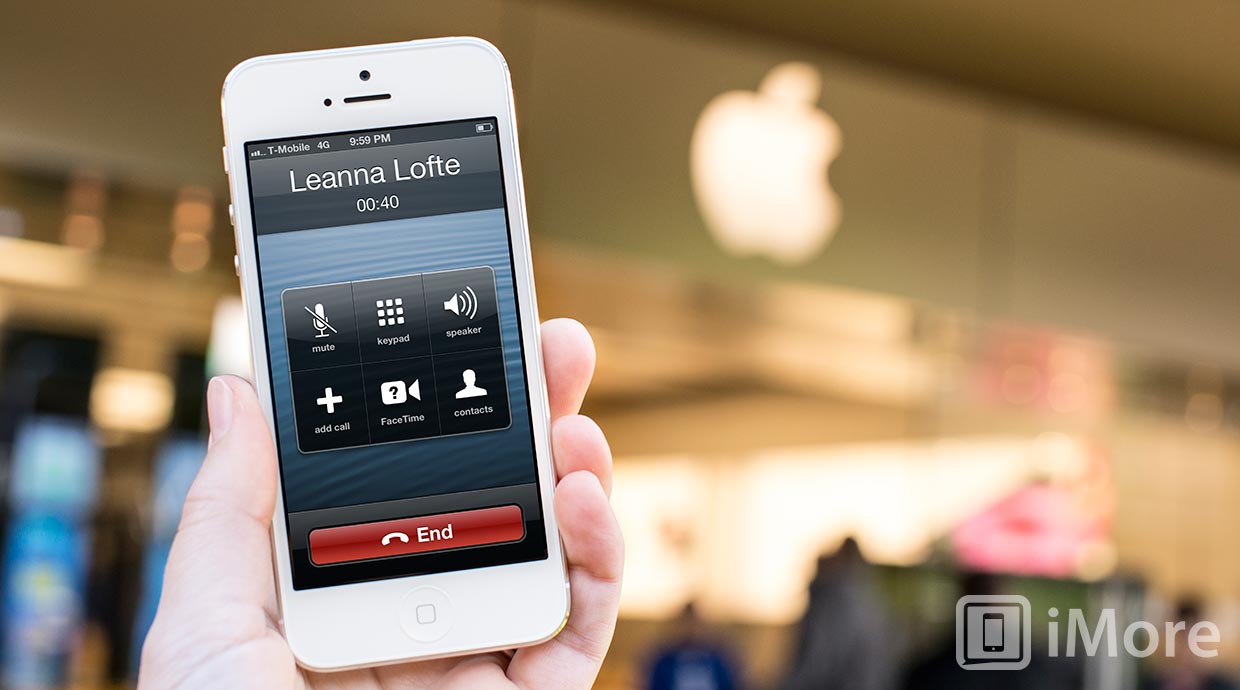
I am pleased to report that the call quality of T-Mobile network on the iPhone 5 is superb. Voices are clear and I have not experienced any dropped calls. I'd say it's equivalent to my service with AT&T.
T-Mobile iPhone LTE, DC-HSPA+ -- and EDGE -- data speeds
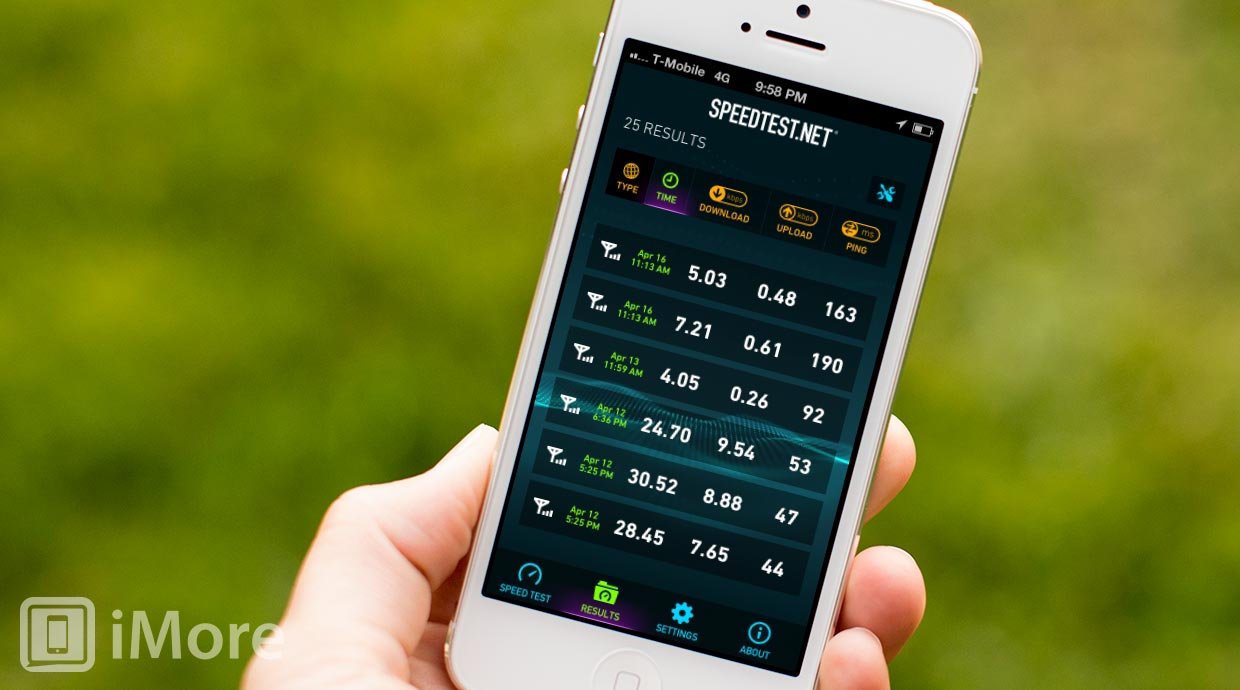
In addition to being the last major U.S. mobile carrier to roll out the iPhone, T-Mobile is also the last major U.S. mobile carrier to roll out next-generation 4G LTE. As such, T-Mobile LTE is currently available in seven cities: Baltimore, Houston, Kansas City, Las Vegas, Phoenix, San Jose, and Washington DC. When it comes to T-Mobile, however, that's the not the deal-breaker it might be on Sprint. Where the difference between Sprint CDMA EVDO rev A and LTE is potentially 3mbps to 50+mbps, the difference between T-Mobile DC-HSPA+ and LTE is theoretically only 42mbps to 50+mbps. With but one huge caveat... EDGE.
I live about an hour from San Jose, so I made a small trip to the Silicon Valley to test out T-Mobile's LTE network in San Jose. During the drive between Salinas and San Jose, I was dropped to EDGE for the majority of the trip. I haven't seen that dreaded 'E', in a very long time as an AT&T customer, so this was very disappointing. These EDGE speeds were horrifically low, as well. One time, I literally got 0.00 Mbps upload results. I'm not kidding.
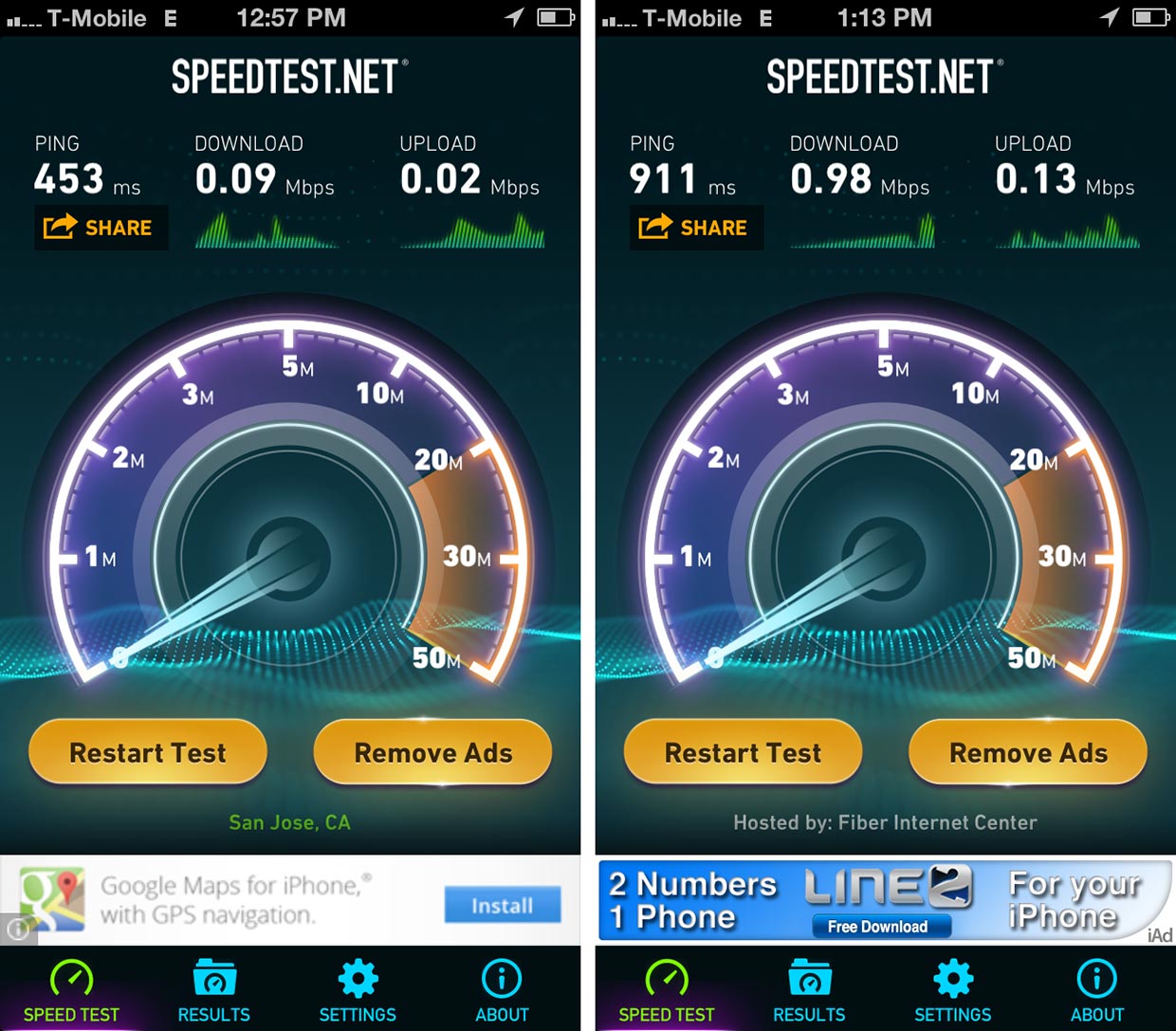
Surprisingly, there were even areas in San Jose where I was on Edge, but most of the time, I was connected to 4G. I spent much of the day at the Children's Museum where my T-Mobile iPhone claimed to have LTE, but every time I attempted to run a speed test, it would drop to 4G. Again, very disappointing.
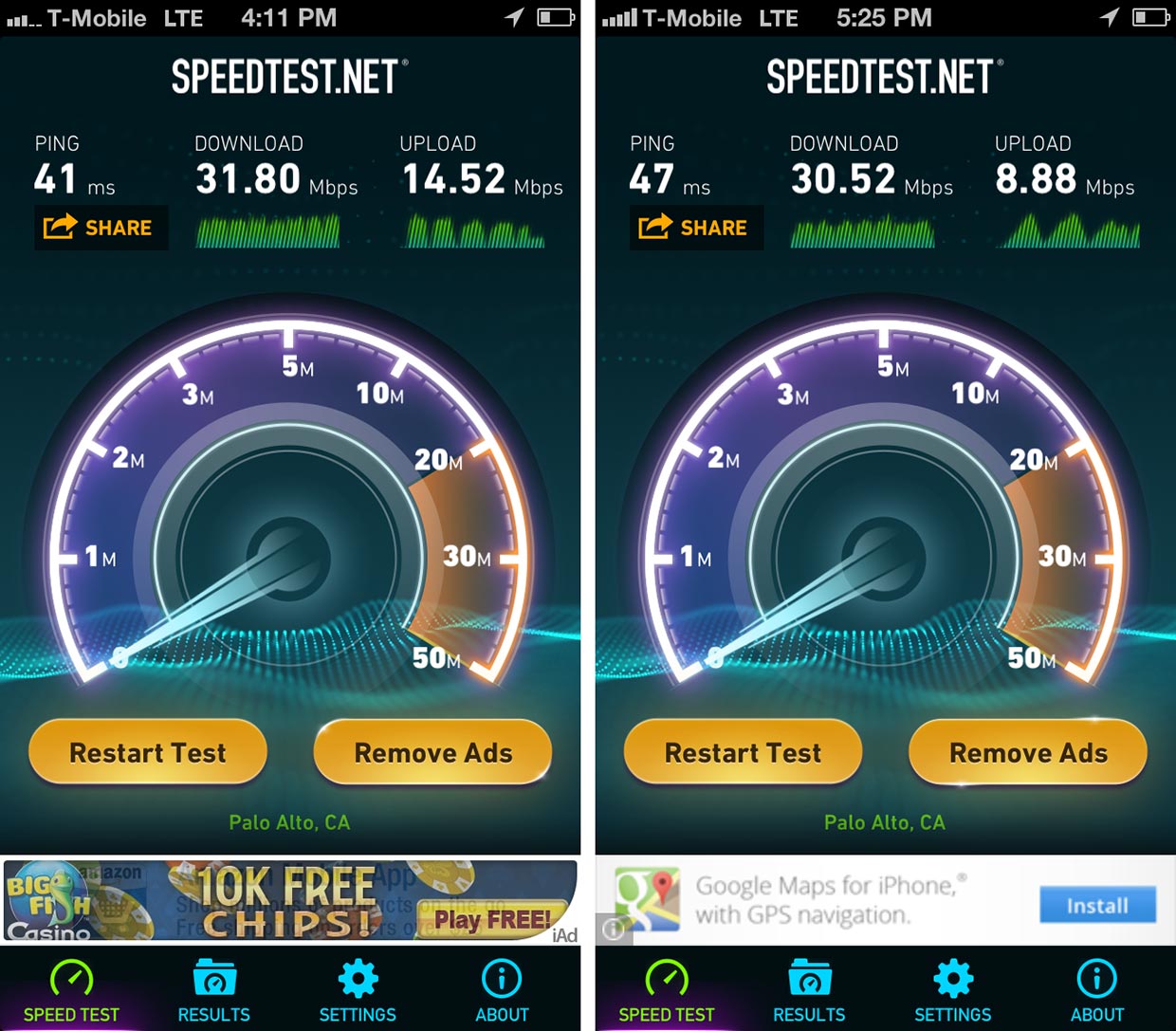
When I finally found a solid LTE signal at the Valley Fair Mall in front of the Cheesecake Factory, I ran some tests with the Speedtest.net app with impressive results: 31.8 Mbps down, 14.52 Mbps up, and 41 ms ping. AT&T's LTE results at the same location was 22.48 Mbps down, 9.58 Mbps up, and 62 ms ping.
So not bad! I've never seen results like that with AT&T LTE, so I was impressed.
Since T-Mobile LTE is only available in seven cities, the average T-Mobile customer won't actually be using LTE, so T-Mobile's 4G DC-HSPA+ network is what you really care about, and I've seen mixed results.
In San Jose, 4G download speeds were consistently in the mid-teens. But in Salinas, download speeds are more around 5-10 Mbps. Considering AT&T's LTE is in the mid-teens in the same area, though, I guess that's not too bad.
It's also worth noting that Apple updated the current North American GSM iPhone 5 model (A1428) to support T-Mobile's AWS data frequencies. Older iPhones, including older iPhone 5 devices brought to T-Mobile won't have AWS support, and won't provide as good as an experience.
T-Mobile iPhone plans
T-Mobile's new iPhone plans are an interesting experiment. American's are used to getting huge subsidies when they sign contracts, which greatly reduces the up-front price of the phone but locks them to that network for 2 years. People in other countries are used to buying their phones outright but then being able to switch carriers whenever they like. T-Mobile is trying to offer a middle-ground by still reducing the up-front price of the iPhone to $99 (starting) but giving more options, and more flexibility, instead of just one locked-down contract. For some people, this will be complicated and confusing, maybe even uncomfortable and off-putting. For others, it may just be the beginning of a dream come true. It's simply too early to tell.
Price is always a huge factor to consider when choosing a carrier, but coverage should be just as, if not more, important when making a decision. If you're not sure about T-Mobile coverage in your area, ask around your work and/or school, and home, and if you can find a colleague, classmate, or neighbor on T-Mobile, make sure they're delighted with the service in your area.
If T-Mobile is what you decide to go with, there are still some important things to consider. T-Mobile data plans are not "share everything" plans like Verizon, AT&T, and Sprint. So the 500MB plans more closely compare with Verizon and AT&T's 1 GB plans and the 2 GB plans are similar to 4GB on Verizon and AT&T. I say 'similar', because they're not identical -- each line on T-Mobile has its own pool of data.
Another important detail about T-Mobile's plans is that they all technically include unlimited data. The 500MB and 2GB plans are the data caps for high-speed 4G data. If you pass those limits, you will not be charged extra, but you'll be throttled to 3G or 2G speeds.
The bottom line
The biggest thing you have to consider when choosing a carrier for your iPhone is what the coverage is like in the areas you are most of the time. My results may not be equivalent to your hometown, so do your research. Talk to your friends, neighbors, and coworkers who have T-Mobile. For people in my area and in San Jose, I would recommend T-Mobile to those looking to save a few bucks and who aren't concerned about having the absolutely fastest speed; though, In San Jose, LTE speeds are actually faster than AT&T, albeit, a bit spotty.
- iPhone 5 buyers guide
- iPhone 5 users guide
- iPhone 5 help & discussion forum
- Carrier Discussion Lounge
Former app and photography editor at iMore, Leanna has since moved on to other endeavors. Mother, wife, mathamagician, even though she no longer writes for iMore you can still follow her on Twitter @llofte.
